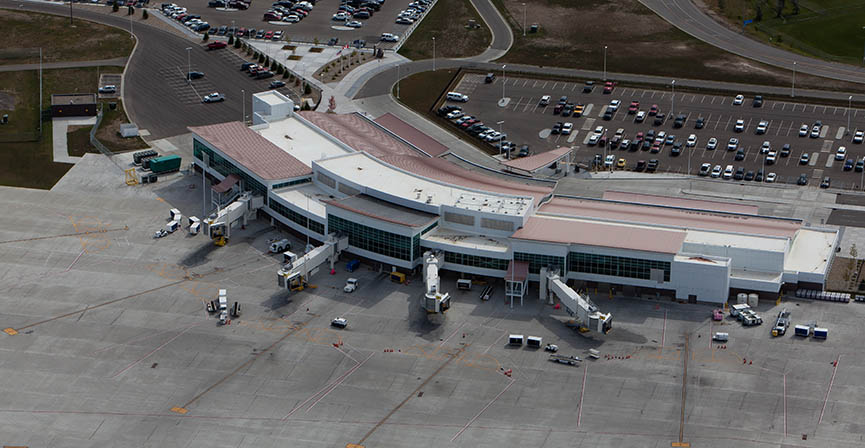Aircraft and Pilot Trends: An Airport Planning Perspective

Aviation planners often review future industry trends and provide insight into how these affect your airport. The total aircraft storage space you will need to accommodate based aircraft is driven by the number and type of aircraft based or forecast to be based at your airport. People normally base aircraft at an airport for either business or personal use. There are three key aircraft types which were traditionally used for personal use; single-piston, experimental, and sport. All others, including multi-piston, turbine and rotorcraft, are usually used for business purposes.
Nationwide, personal aircraft have declined from peaks in 1980, and again in 2000 through 2010. Looking closer, the single-piston fleet has declined substantially, with the rate of decline increasing in recent years. At the same time, total turbine, rotorcraft and sport aircraft have been increasing.
The historical data shows a sharp decline in piston aircraft, both single and multi-engine, which is offset somewhat by increases in turbine, rotorcraft, and experimental aircraft. Whether the personal aircraft group continues to decrease at this pace or even accelerates, the overall fleet is expected to continue to decline nationwide.
There are two overarching factors that appear to be precipitating this continued trend. One factor that is frequently discussed is the cost of aircraft ownership and operation affecting existing and potential general aviation pilots. The other factor that has not been discussed is the aging of the private pilot population and the lack of younger private pilots. The table below provides information regarding the changes in private pilot ages over the years.
Using the data, it is possible to follow a particular group as it grows and shrinks through time. For instance, 20-24-year-olds in 1965 made up 14,715 pilots, grew to a maximum of 48,309 by age 35-39, then eventually shrank to 8,320 in 2015. Several groups saw this same type of growth with their numbers peaking in the 30-34 and 35-39 age brackets. The younger groups have not seen similar growth recently.
The data also shows the difference in the number of private pilots over time. Consider two time periods, 1990 and 2015, for pilots between age 35 and 49. Pilots between age 35 and 49 tend to have the discretionary income to make major purchases, including airplanes. This age group in 2015 is roughly one-third the number from 1990, meaning there are fewer aircraft buyers than sellers.
Commercial and Air Transport Pilot numbers, however, are generally strong, indicating the number of pilots flying for business purposes is not declining.
As an individual in the aviation industry, what should you do about this trend at your airport? As aviation planners, we would give this advice:
- Business use of GA aircraft continues to appear strong and will be the driving force for many of the airport facility improvements in the future. Ensure your airport’s plan accommodates business aircraft, including larger aircraft storage space.
- Personal use of GA aircraft appears to be weakening. Except for unique local trends, this group is not expected to be a significant driver for new airport facility improvements.
- There will be personal use of GA, but likely more in the experimental area as these users minimize costs, and in a sense immerse themselves into aviation from building, all the way through flying.
- The piston fleet is currently dependent on 100LL fuel. Keep an eye on progress toward a 100LL replacement. It will clearly affect this group which comprises 70% of the GA fleet.
- The experimental and personal user might be interested in a community environment, so consider making use of a group hangar to lease space to individual tenants. Create a community at your airport that makes it fun and exciting to be in aviation.
- During airport planning, include space for each type of hangar that might be needed (i.e. box hangar, corporate hangar, T-hangar) so that sufficient space is preserved and uses will not conflict with each other. This will allow you to have the flexibility to react to demands.
